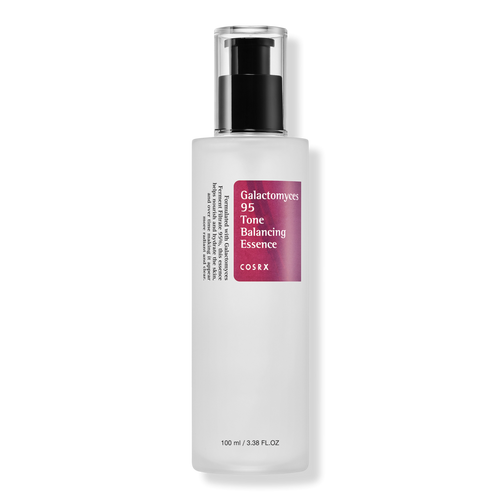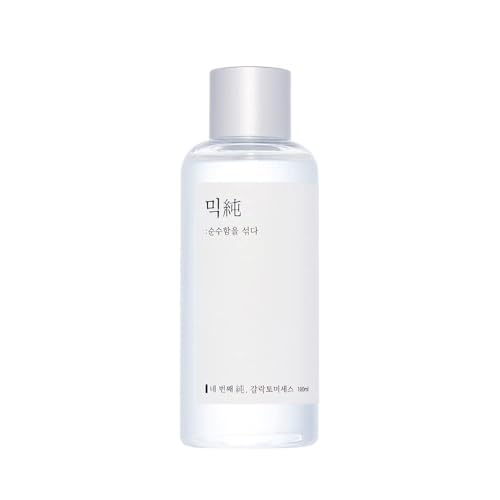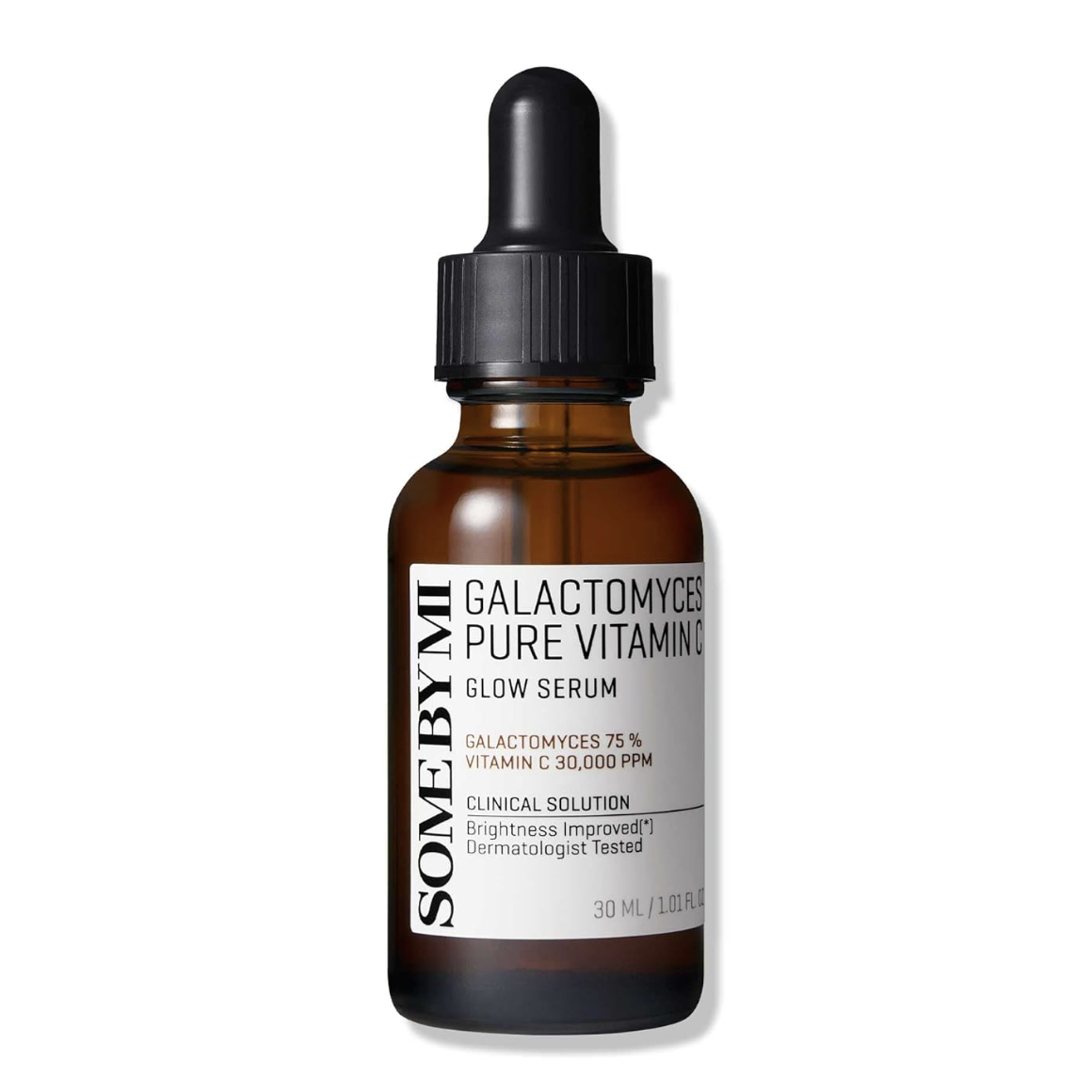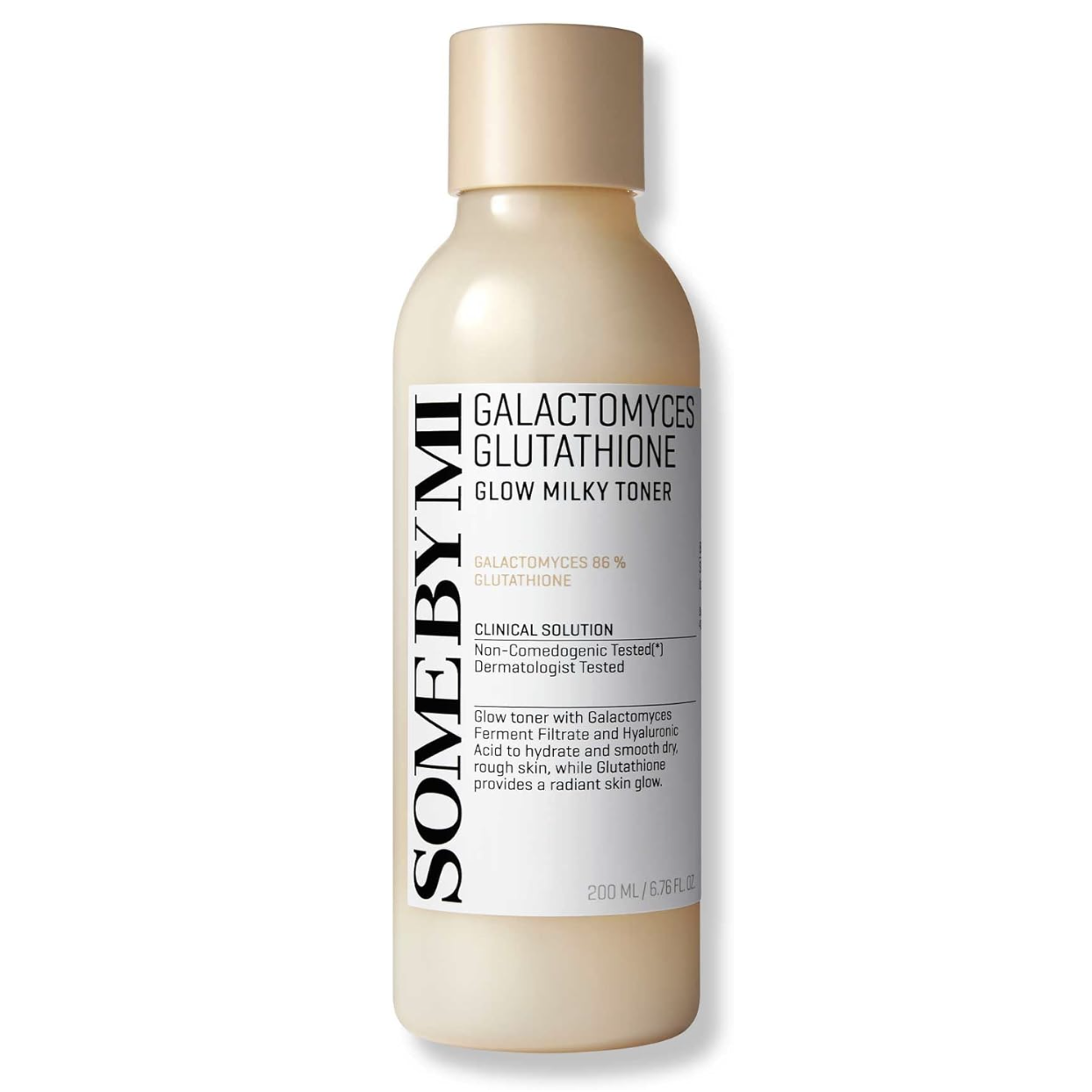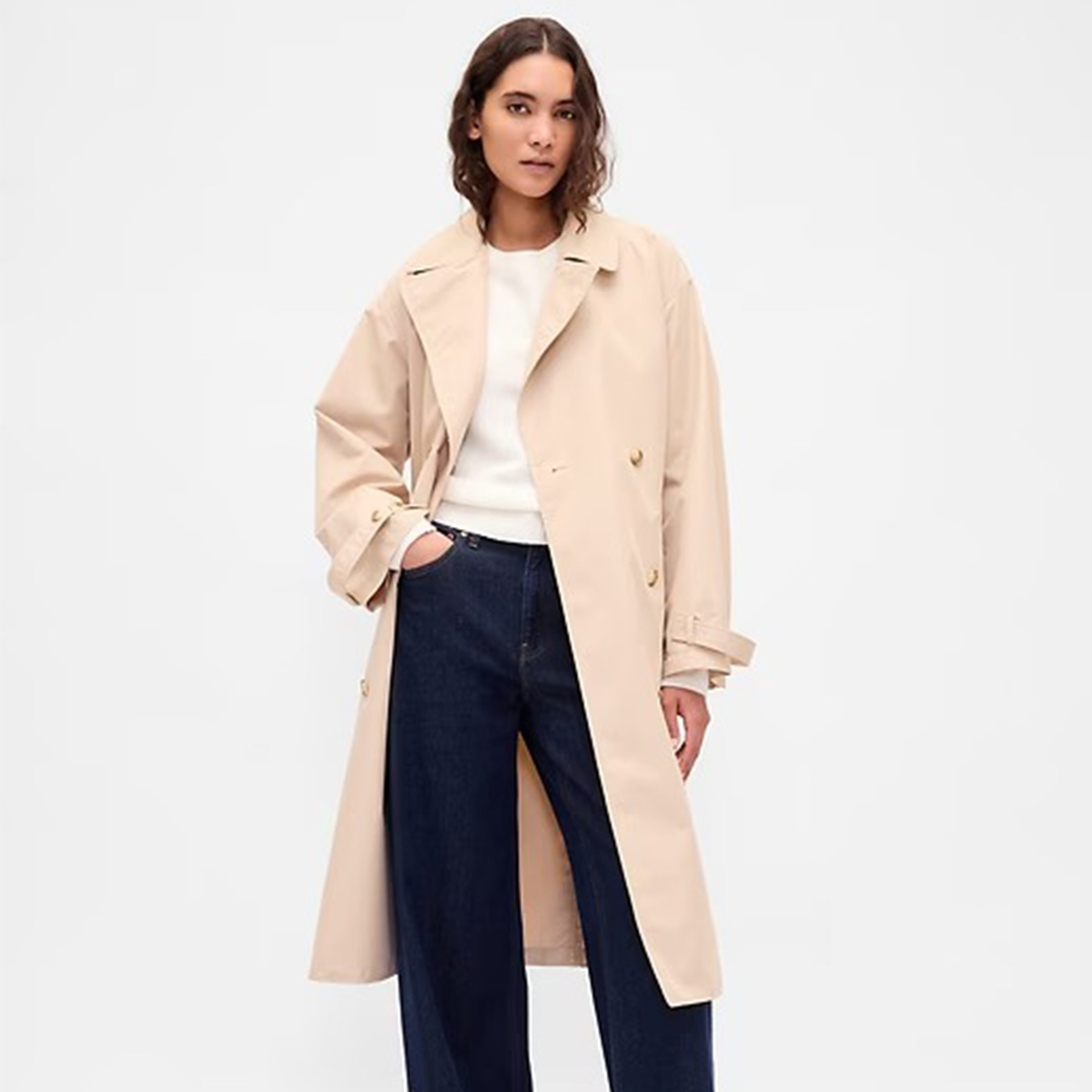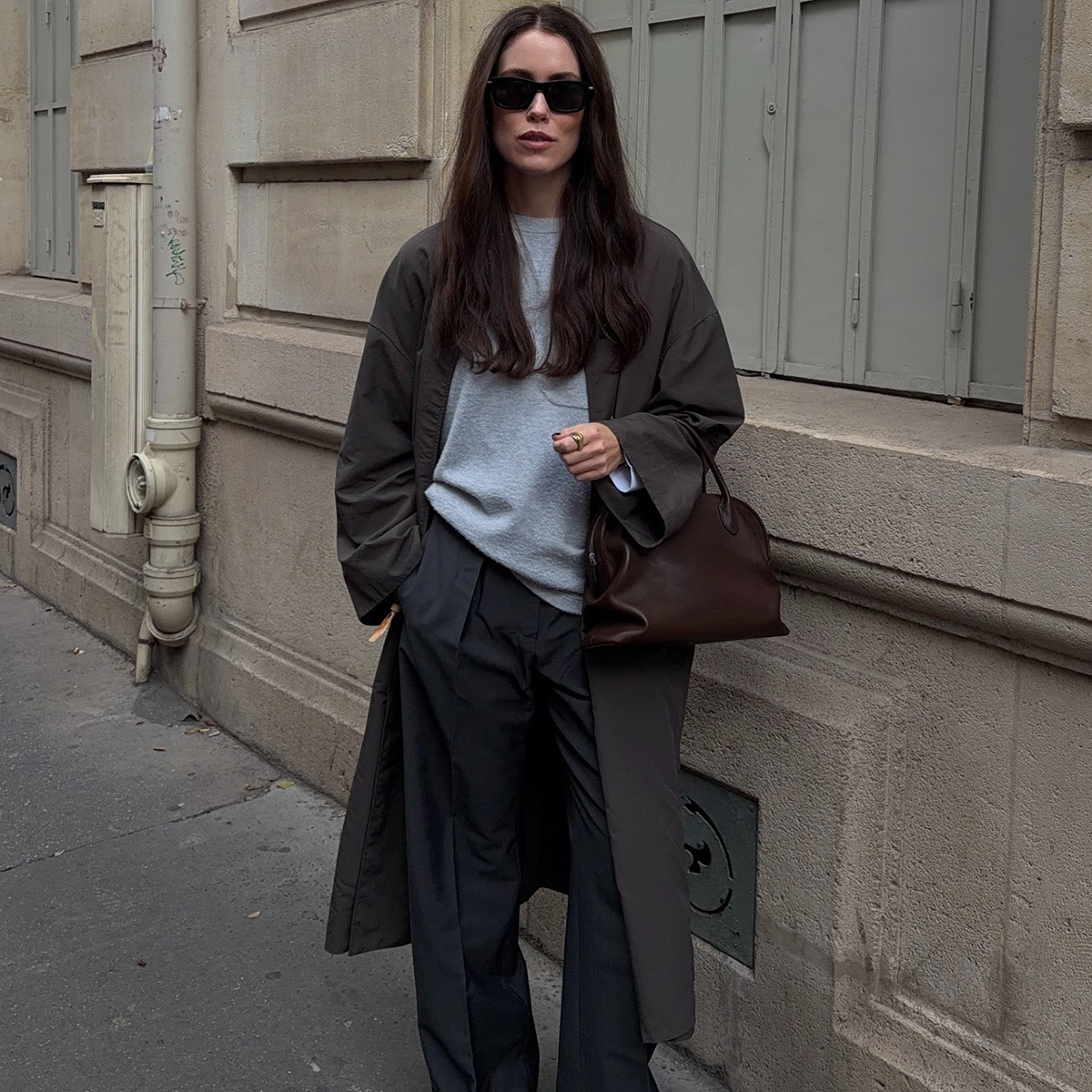Derms Say This Is the Ultimate "Glass Skin" Ingredient, and You've Probably Never Heard of It
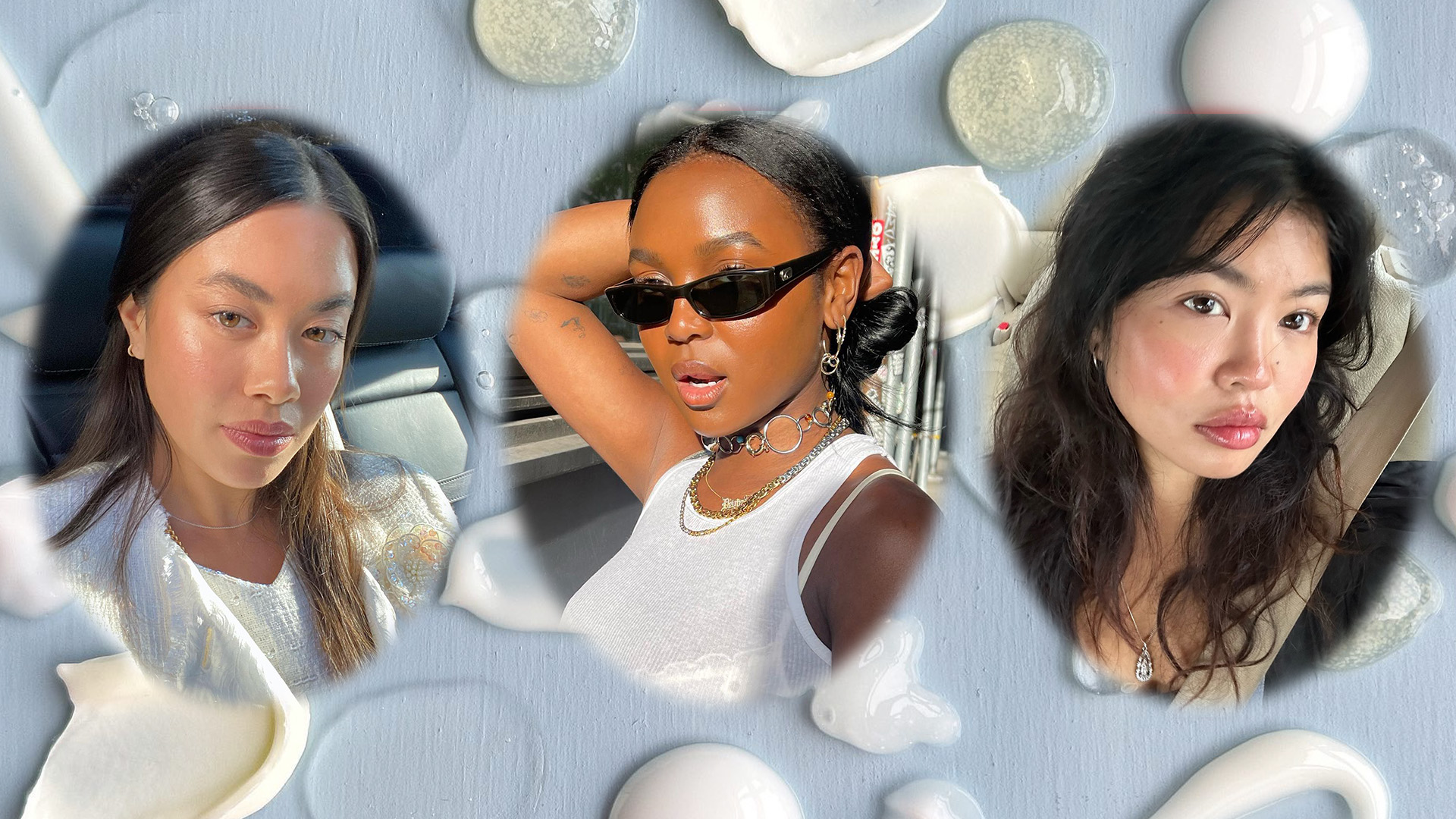
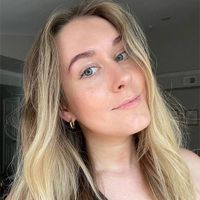
There are many multitasking skincare ingredients out there, including retinol, niacinamide, and vitamin C—all of which are effective in their own right. However, there are only a select few that editors and experts rely on for "glass skin." You know, the trend that originated in South Korea and is all about smooth, plump, and ultra-shiny skin.
One of those ingredients is snail mucin. (If you don't use it already, I highly recommend you give it a try.) Another one of those ingredients is galactomyces. It might sound like something straight out of a science fiction movie, but it's actually a popular Korean skincare ingredient that has major glass skin–giving abilities. Keep scrolling to learn all about this effective ingredient that's slowly making its way Stateside. Then, shop the best galactomyces-infused skincare products, according to dermatologists.
What is galactomyces?
According to Brendan Camp, MD, double board–certified dermatologist at MDCS Dermatology in New York, galactomyces is a type of yeast. (The suffix "-myces" means fungus.) "It is used in fermented products like rice wine (sake)," he says. "Fermentation refers to the yeast's conversion of carbohydrates or sugars into simpler compounds like alcohols or acids."
Noah Gratch, MD, FAAD, another board-certified dermatologist at MDCS Dermatology, says galactomyces is usually formulated into skincare products after it's fermented, becoming a nutrient-dense yeast by-product. "When seen as a skincare ingredient, it will typically be listed as galactomyces ferment filtrate, or GFF," he says.
How does it benefit the skin?
Like other fermented skincare ingredients, the dermatologists say GFF benefits the skin in multiple ways. "GFF is used in skincare primarily because of its ability to address discoloration by reducing melanin (pigment) production. It is also a rich source of antioxidants that protect skin from free oxygen radicals. Free radicals are unstable oxygen molecules that contribute to the formation of fine lines, wrinkles, and dark spots," Camp says, adding that it even helps hydrate the skin for a plump, youthful appearance.
Gratch agrees, saying, "Galactomyces is utilized for its hydrating and brightening antioxidant properties. Any skin type can benefit from this ingredient since it helps retain moisture for dry skin and can help balance sebum production for oily skin. The antioxidant properties are also great for dull or aging skin for brightening purposes and improved skin elasticity."
To sum it up, GFF targets everything from dryness to dullness, hyperpigmentation, signs of aging, and excess oil. No wonder it's an integral ingredient in "glass skin" skincare products and routines.
Are there any downsides?
While GFF is generally well-tolerated by most skin types, both dermatologists say there are instances in which you should be cautious. Camp recommends performing a patch test no matter what, but especially if you deal with sensitive skin and conditions like rosacea and eczema. As for Gratch, he says to avoid it altogether if you're someone who struggles with fungal acne. Remember, GFF is a yeast by-product, and "yeast is a fungus that may exacerbate" this type of acne.
As for the ideal consistency of use, most GFF-containing skincare products can and should be used daily for best results. Still, there are exceptions to this rule, which is why Camp says to "check the recommended use of the specific product you are using to determine how often is should be applied."
The Best Galactomyces Skincare Products
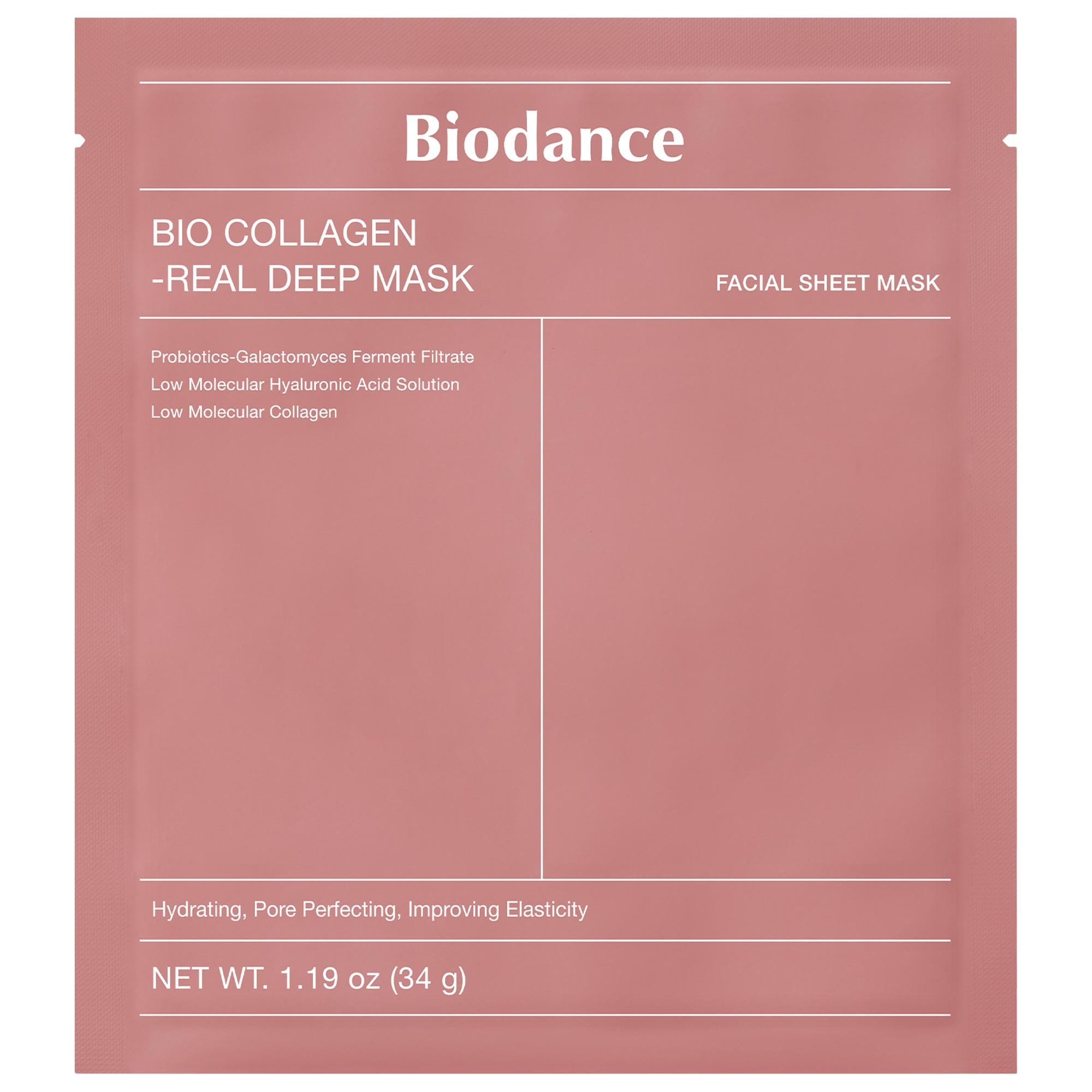
"In addition to galactomyces, this hydrating mask contains low-molecular collagen peptides, hyaluronic acid, and niacinamide for deep hydration, skin firming, and strengthening of the skin's barrier," Camp says.
Editor's Note: I love this mask and use it regularly. Read my full review to learn why.
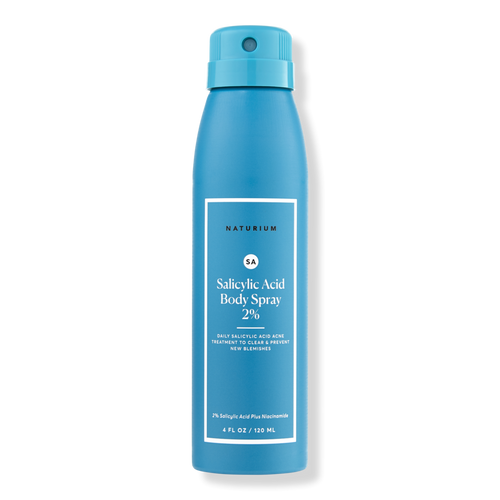
You can even reap the benefits of GFF in certain bodycare products, like this one that Camp recommends. "Galactomyces is featured in this salicylic acid body spray designed with a 360-degree continuous spray to address acne on the back in areas that are difficult to reach," he says.
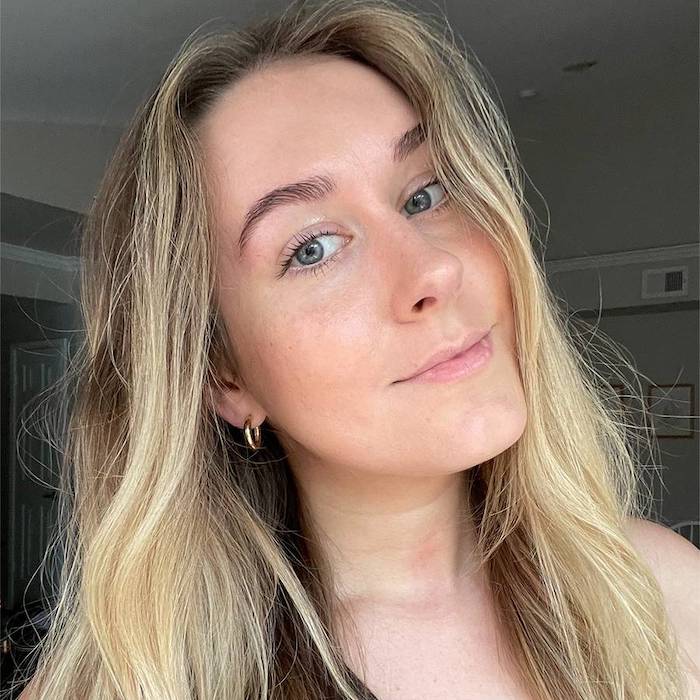
Kaitlyn McLintock is a Beauty Editor at Who What Wear. She has 10 years of experience in the editorial industry, having previously written for other industry-leading publications, like Byrdie, InStyle, The Zoe Report, Bustle, and others. She covers all things beauty and wellness-related, but she has a special passion for creating skincare content (whether that's writing about an innovative in-office treatment, researching the benefits of a certain ingredient, or testing the latest and greatest at-home skin device). Having lived in Los Angeles, California, and Austin, Texas, she has since relocated back to her home state, Michigan. When she's not writing, researching, or testing beauty products, she's working through an ever-growing book collection or swimming in the Great Lakes.
-
 Pamela Anderson on Short-Hair Transformations, Sunspots, and Color-Correcting Without Makeup
Pamela Anderson on Short-Hair Transformations, Sunspots, and Color-Correcting Without Makeup"I really don't know what my next incarnation is."
-
 Jasmine Tookes Opened the Victoria's Secret Fashion Show With a Bump-Baring One-Piece and This Glowy Body Oil
Jasmine Tookes Opened the Victoria's Secret Fashion Show With a Bump-Baring One-Piece and This Glowy Body OilMy jaw is still on the floor, ICYWW.
-
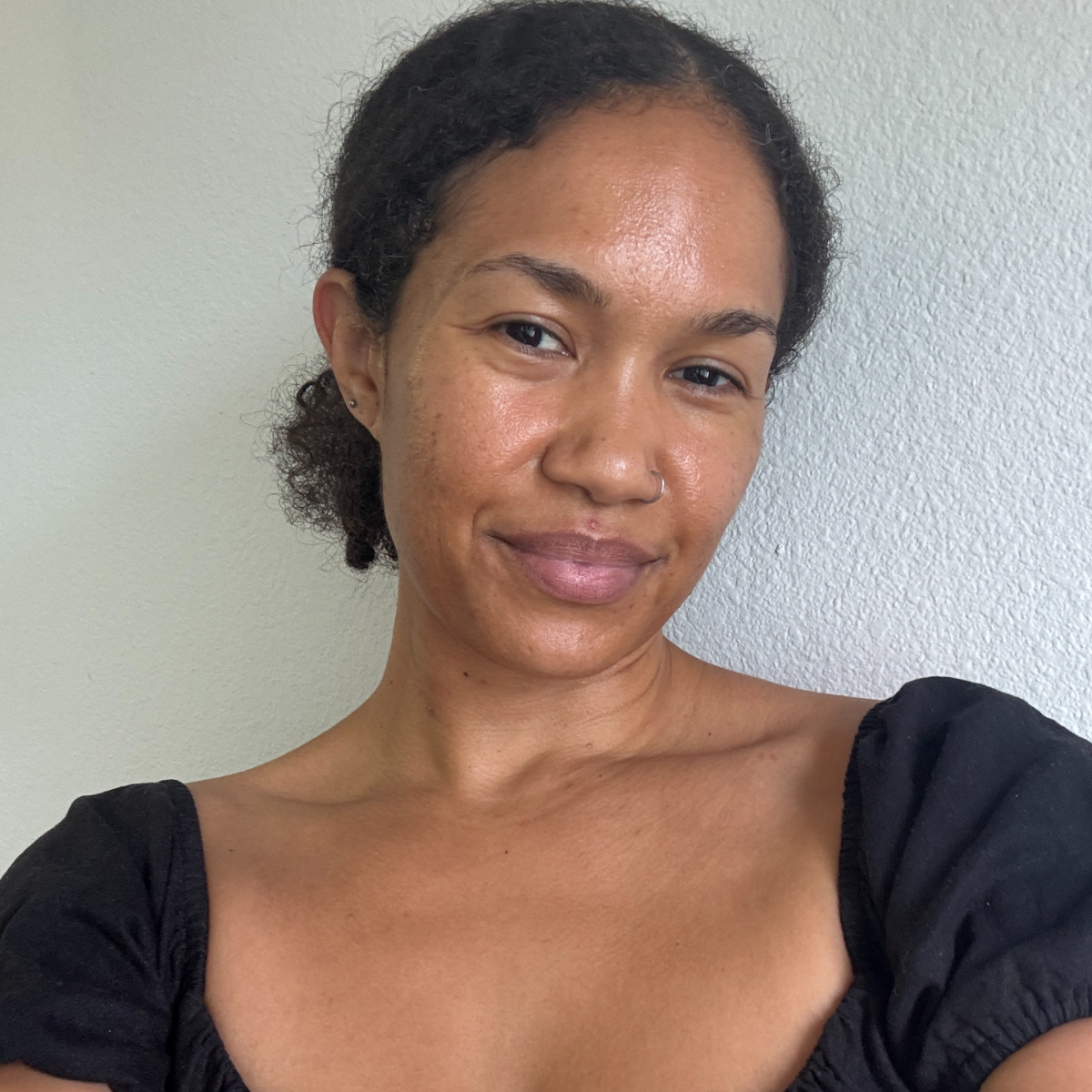 Tretinoin Damaged My Skin Barrier—Sabrina Carpenter's Aesthetician Gave Me These Complexion-Saving Tips
Tretinoin Damaged My Skin Barrier—Sabrina Carpenter's Aesthetician Gave Me These Complexion-Saving TipsThey're game-changing for acne-prone skin.
-
 My Wedding Is in 4 Weeks—30 Beauty Products I've Been Hoarding for Glass-Like Skin and Liquid Hair
My Wedding Is in 4 Weeks—30 Beauty Products I've Been Hoarding for Glass-Like Skin and Liquid HairThe good, the great, and the downright miraculous.
-
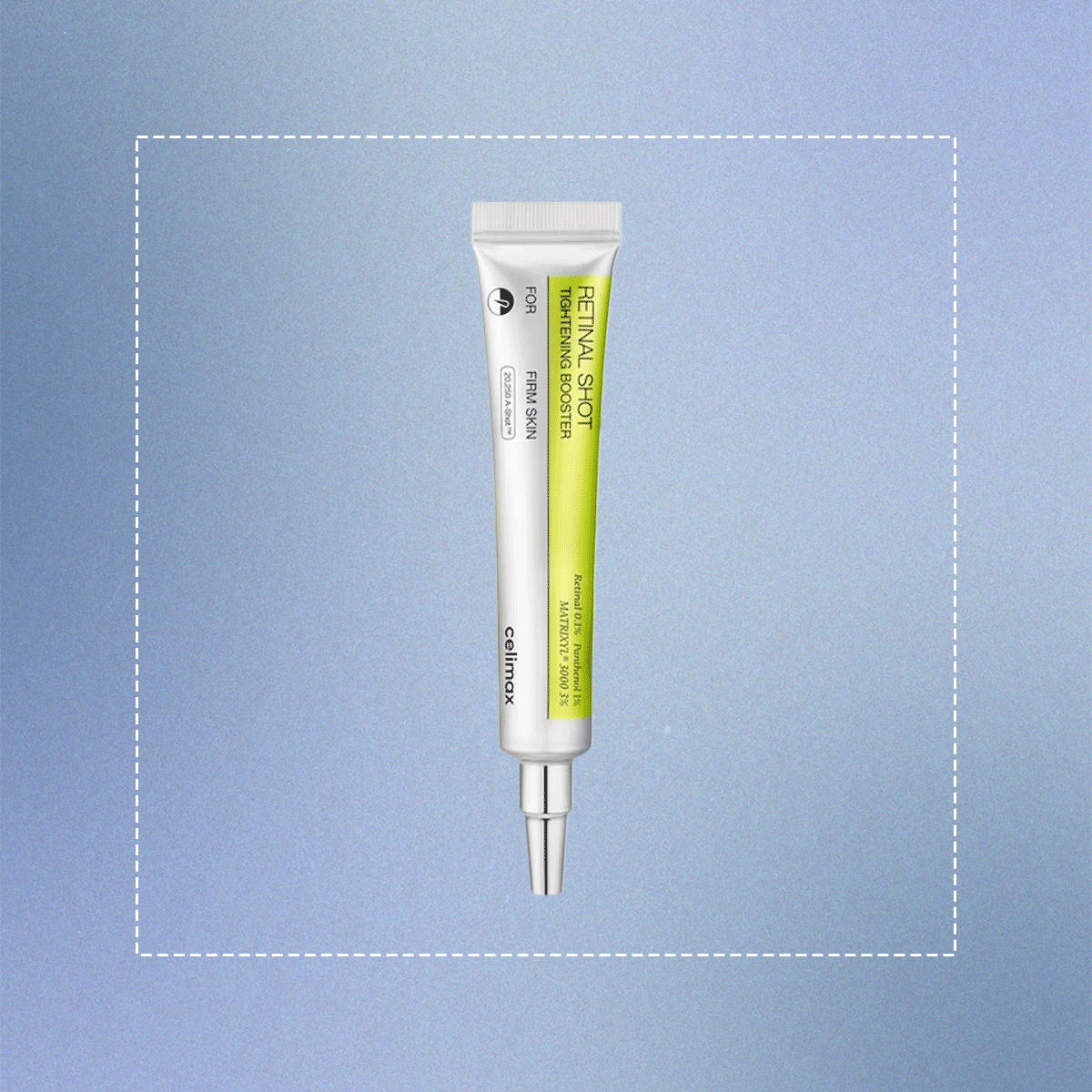 Amazon's New Korean Beauty Section Is Incredible—18 Add-to-Cart Items I Won't Shut Up About
Amazon's New Korean Beauty Section Is Incredible—18 Add-to-Cart Items I Won't Shut Up AboutHighly effective skin-enhancement, right this way.
-
 I'm a Laser Dermatologist—Here's What Most People Don't Tell You About LED Light Therapy for Skin
I'm a Laser Dermatologist—Here's What Most People Don't Tell You About LED Light Therapy for SkinPlus the underrated tool that works wonders.
-
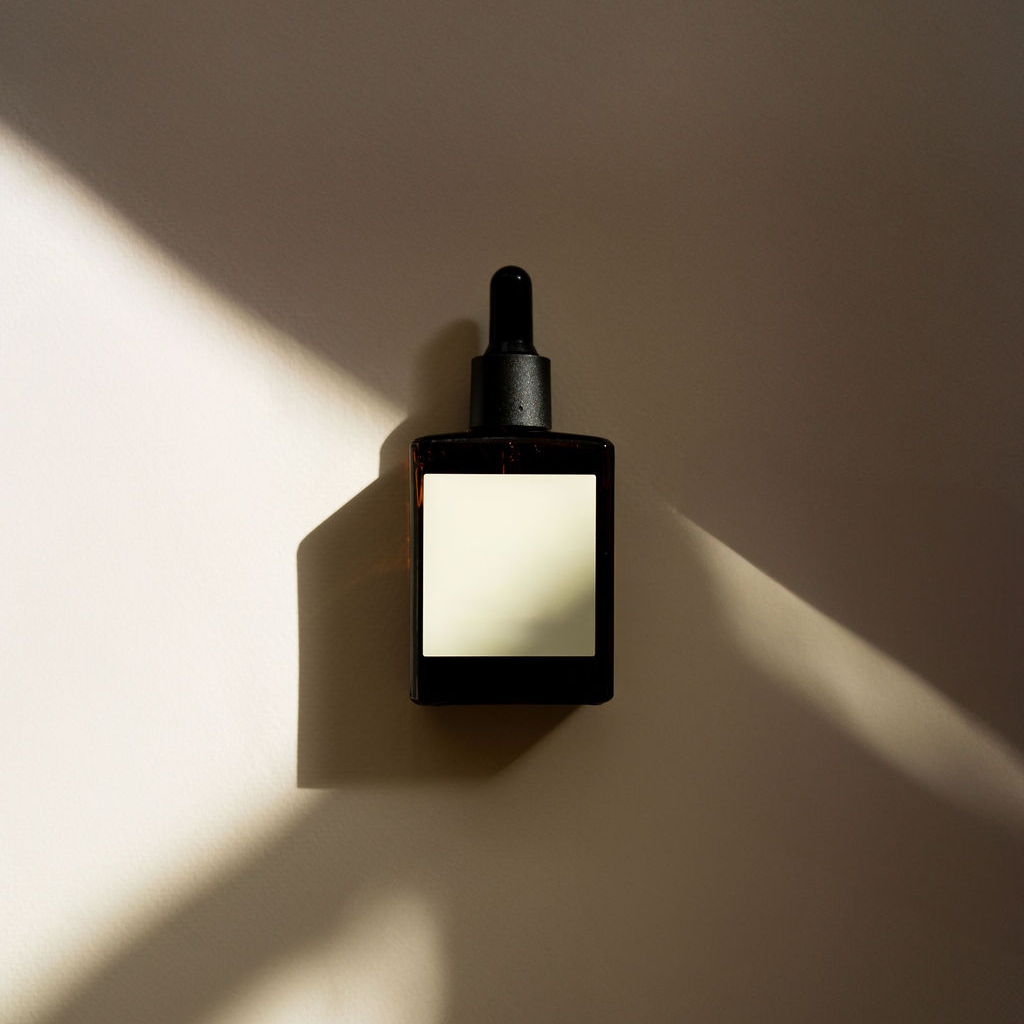 So I Have a Thing for Beauty Deals—12 Finds I'm Shopping RN on October Prime Day
So I Have a Thing for Beauty Deals—12 Finds I'm Shopping RN on October Prime DaySnagging these ASAP.
-
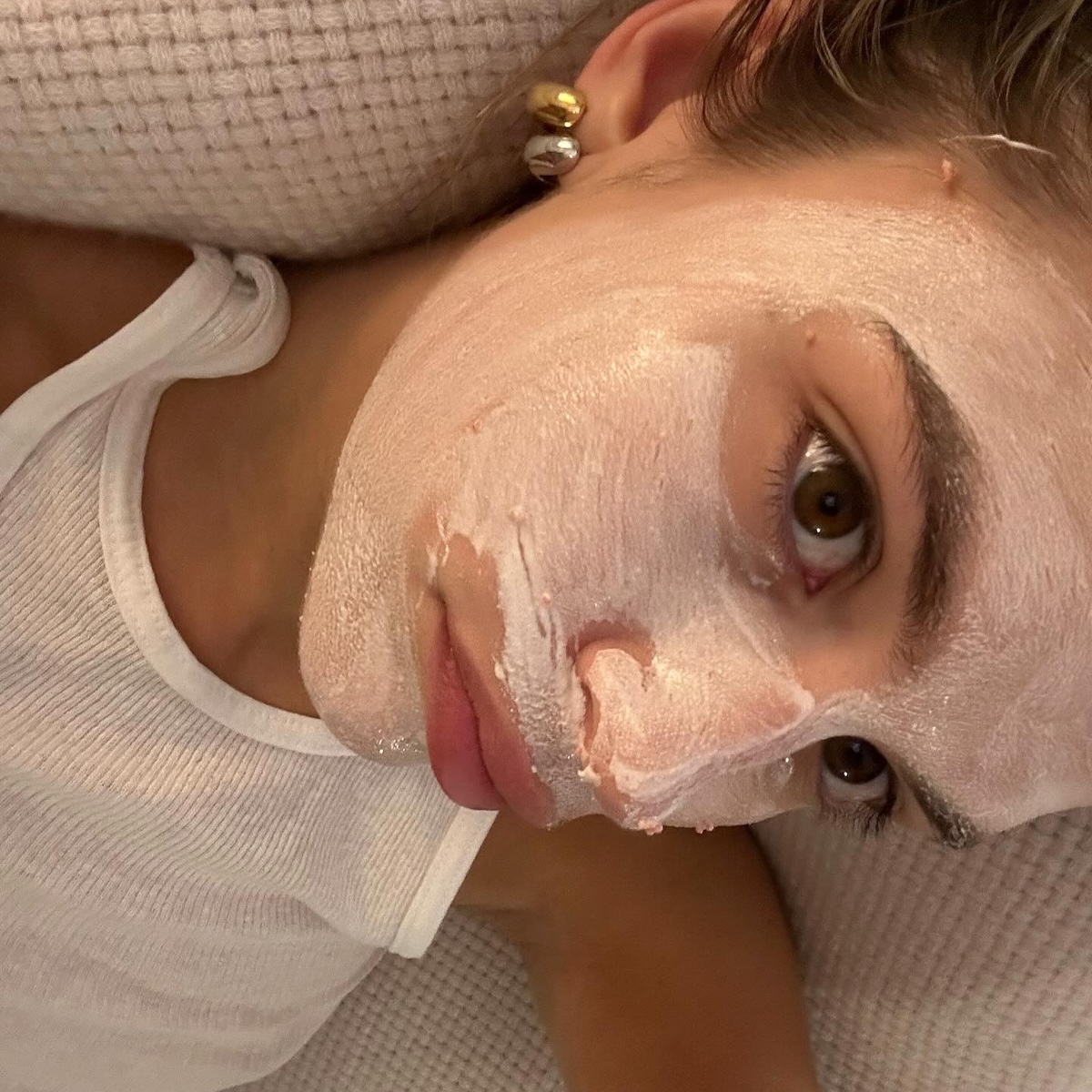 Me and Amazon? We Go Way Back—These Are the 24 On-Sale Skincare Products That Impress Me the Most
Me and Amazon? We Go Way Back—These Are the 24 On-Sale Skincare Products That Impress Me the MostFrom high-tech Korean products to iconic French pharmacy ones.
